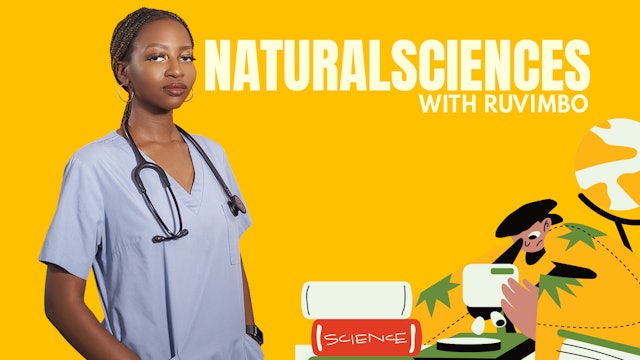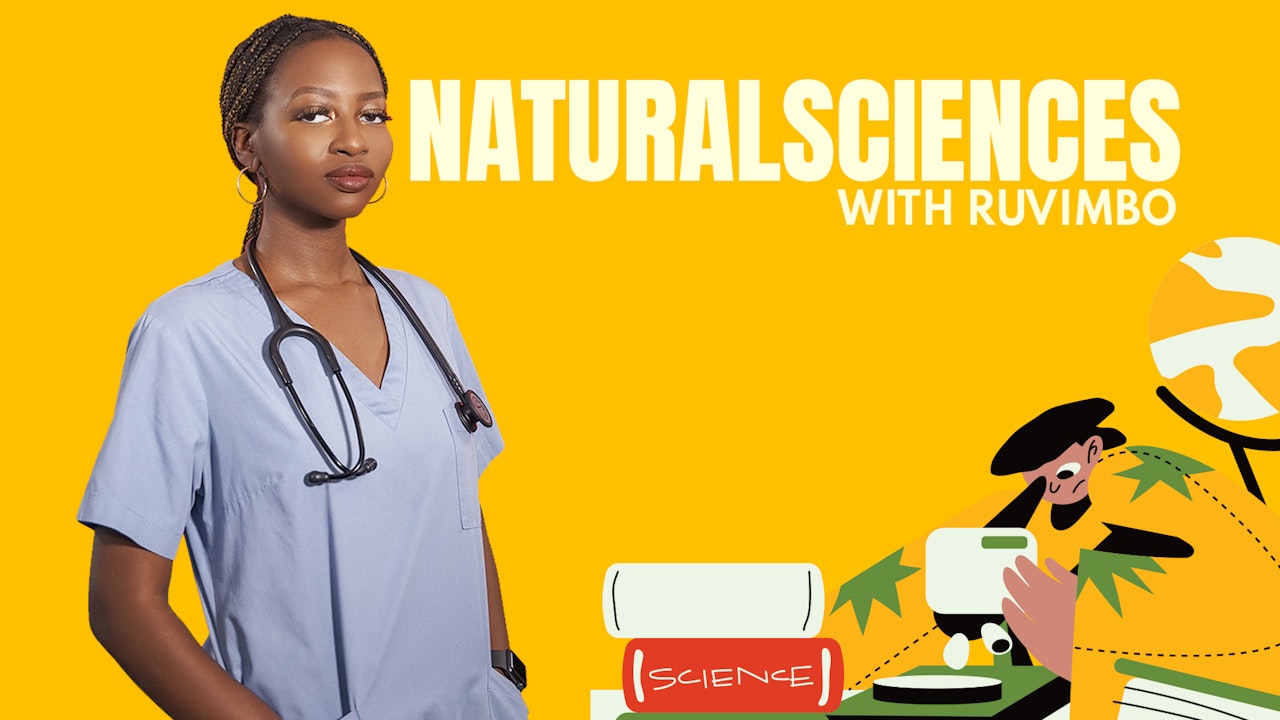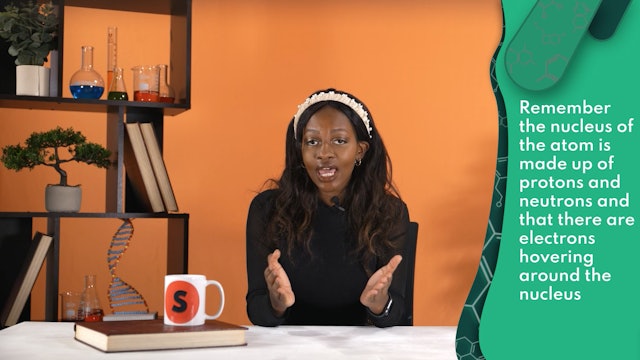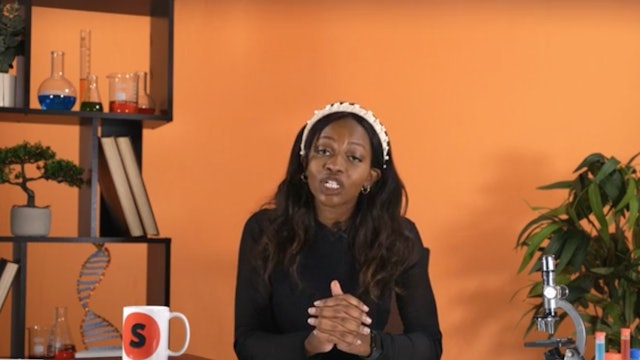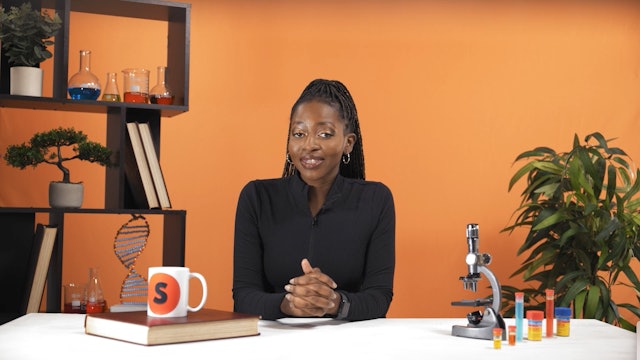Grade 8 Natural Science
4 Seasons
Natural Science takes you through the study of life through scientific investigations, formulating hypotheses and carrying out experiments. The frontiers of the unknown such as why climate change is occurring, are explored. An understanding of natural phenomena and the history of science are also established. Natural Science combines Physical Science and Life Science through topics such as photosynthesis, ecosystems, energy flow, adaptations of animals to different environments, atoms, the particle of matter and chemical reactions. Students learn to interpret information that is unfamiliar and to apply this knowledge to explain patterns, phenomena and relationships in order to solve problems.
-
Atoms
Episode 1
Everything around us is made up of matter to understand this concept we need to look at the smaller particles that matter is made out of which are atoms. We look at the periodic table of elements and how they are arranged systematically and the differences between them is the number of protons, n...
-
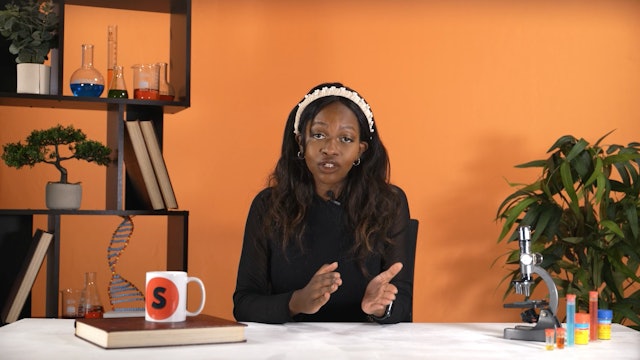 08:24Episode 2
08:24Episode 2Pure Substances
Episode 2
In the previous lesson we learnt all about atoms and the elements in the periodic table. In this lesson we learn about elements and compounds which are known as pure substances.
-
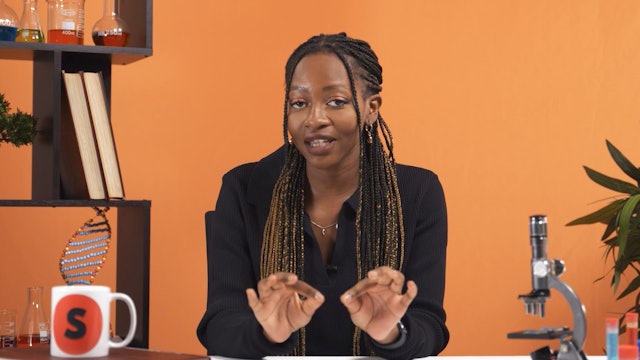 06:21Episode 4
06:21Episode 4Particle model of matter
Episode 4
Atoms can chemically combine to form molecules. These molecules are also particles and cannot be separated into their atoms by physical means. In this lesson we study the way in which these particles react by using the particle model of matter.
-
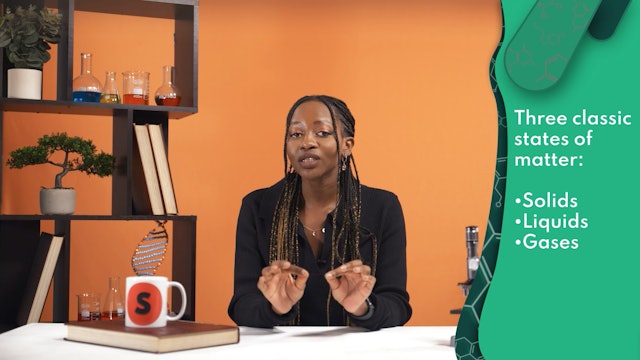 07:18Episode 5
07:18Episode 5States of matter
Episode 5
Using the model of matter we are going to describe the three classic states of matter that we find namely solids, liquids and gases and their behaviours when their states change.
-
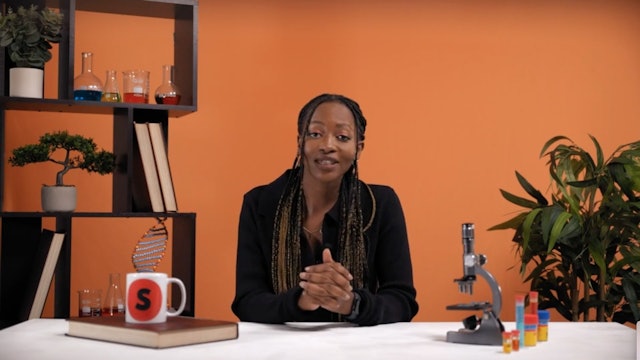 09:34Episode 6
09:34Episode 6Changes of state
Episode 6
When a substance changes from a solid to a liquid to a gas we say that a change of state has taken place. In this lesson we learn about what happens when substances change from one state to next and how they gain or lose energy.
-
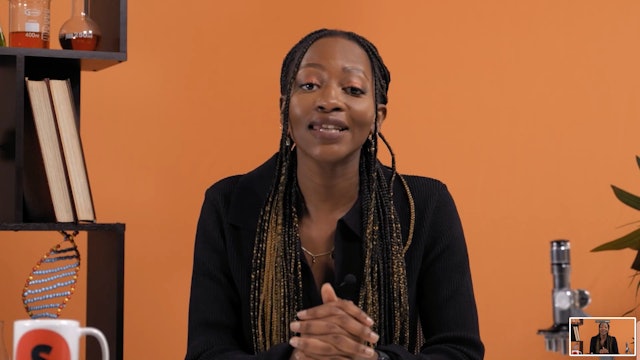 11:15Episode 7
11:15Episode 7Density, mass and volume
Episode 7
All matter has density, mass and volume. We are going to look at these characteristics in more detail including the formula that we can use to find density.
-
Expansion and contraction of materials and pressure in gases
Episode 8
In previous lessons we discussed the changes of state with particles. In this lesson we learn about the expansion and contraction of materials and the pressure of gas.
-
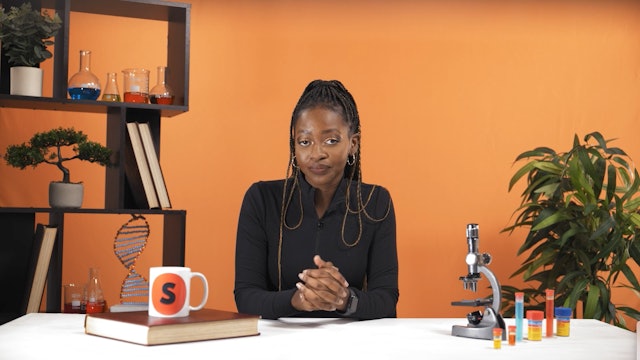 09:16Episode 9
09:16Episode 9Chemical reactions
Episode 9
We have looked at the physical changes that take place in matter when they are heated and cooled. In this lesson we look at what happens during chemical reactions that take place in substances.
-
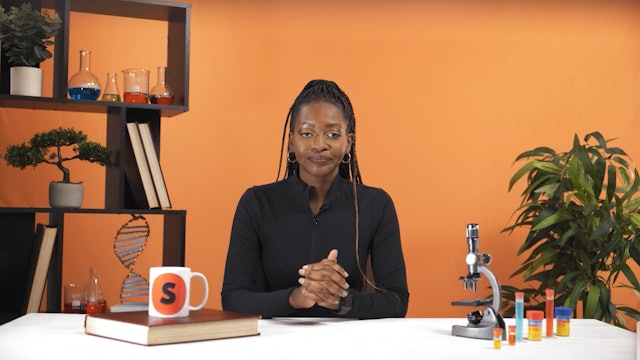 06:48Episode 10
06:48Episode 10Decomposition of copper chloride
Episode 10
Using your knowledge on how chemical reactions take place we shift to the decompositional reactions using electric current to decompose copper chloride into simpler simpler substances.

